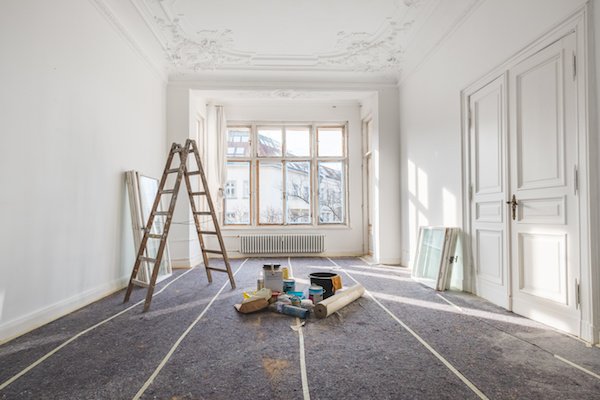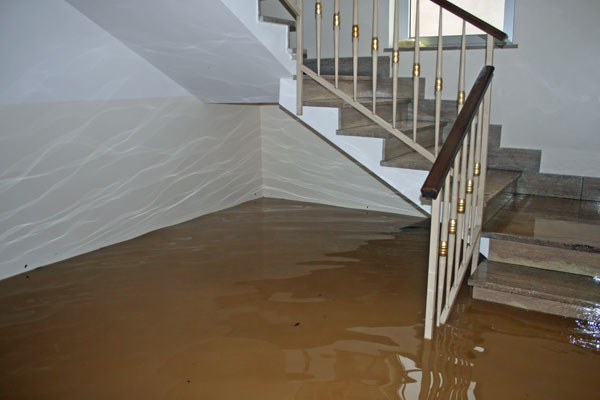Expert Water Damage Restoration Philadelphia: Rapid Action, Lasting Results
Expert Water Damage Restoration Philadelphia: Rapid Action, Lasting Results
Blog Article
Emergency Situation Water Damage Repair: Swift Feedback to Decrease Additional Damage
What exactly does emergency situation water damage reconstruction involve? By understanding the urgency and thorough nature of this procedure, you will certainly obtain important insights right into exactly how specialists deal with emergency water damage, making sure a swift and efficient feedback.
Value of Swift Feedback
Swift reaction is of utmost significance in water damages reconstruction to lessen more damage and minimize potential dangers. When water damages happens, whether as a result of a ruptured pipeline, a natural disaster, or any various other unpredicted occasion, time is important. The longer water beings in a building, the even more damage it can cause. This is why it is essential to act swiftly and effectively to eliminate the water and start the reconstruction process.
Among the major reasons speedy feedback is essential in water damage repair is to avoid the development of mold and mildew and mold. Mold can begin to grow within 24 to two days of water direct exposure, and as soon as it takes hold, it can spread rapidly throughout the affected area. Mold and mildew not only creates additional damages to the structure of the building yet likewise presents health threats to owners. By reacting quickly, experts can thoroughly dry the location and inhibit the growth of mold and mildew, reducing the demand for comprehensive removal and making sure the security of those entailed.
Water damage can be ravaging, specifically when it affects individual products of monetary or emotional value. Acting quickly allows professionals to examine the damages and apply appropriate remediation strategies to salvage as much as possible.
Evaluating the Extent of Damage

Throughout the assessment, remediation specialists extensively take a look at the damaged location to determine visible indications of damage, such as water stains, deformed products, and mold and mildew growth. They also use specialized equipment to detect covert damages, such as moisture meters and thermal imaging cameras. This comprehensive evaluation permits them to precisely establish the extent of the damages and develop a customized reconstruction plan.
Because it assists specialists prioritize their initiatives,Evaluating the degree of water damage is vital. They can recognize locations that require instant interest, such as standing water removal and drying, to stop additional damages and lessen the danger of mold growth. They can additionally establish the locations that require fixings or replacement, making certain that no damage goes undetected or neglected.

Water Extraction and Drying Out Process
The water removal and drying out procedure is an essential action in water damages reconstruction, as it involves the removal of excess water and the complete drying out of the afflicted location to stop more damages and reduce the risk of mold development. After assessing the extent of the water damage, the next step is to draw out the water from the damaged location. This is typically done using specialized devices such as pumps, dehumidifiers, and vacuum cleaners. These tools are created to successfully and successfully eliminate water from various surfaces, including floors, walls, and carpetings.
Once the excess water has actually been drawn out, the drying procedure starts. This action is important in preventing additional damage, such as structural damages and the growth of mold and mold. High-powered fans and dehumidifiers are utilized to flow air and get rid of dampness from the air and surface areas. The drying out procedure might take a number of days, depending on the level of the water damage and the materials entailed.
It is essential to make certain that the damaged location is totally dry before waging any repairs or restoration. visit the site Failure to thoroughly dry the area can result in long-term issues, including weakened structures, stuffy smells, and the growth of mold and mildew. Therefore, specialist water damages restoration firms use dampness discovery equipment to ensure that the damaged location is completely dry before proceeding to the next step.
Mold Prevention and Removal
Effective mold and mildew avoidance and remediation are essential in water damage restoration to guarantee the security and stability of the damaged location. mold inspection philadelphia. When water damages happens, whether from a burst pipe, flooding, or a leaky roof, it produces an excellent environment for mold and mildew development. Mold can start to create within 24 to 48 hours after water damages, and if left neglected, it can spread swiftly and trigger significant wellness dangers
To prevent mold and mildew growth, it is necessary to deal with water damages promptly. The very first action is to fix the source and identify of the water breach. Once the source is fixed, the damaged location ought to be extensively dried to prevent moisture from sticking around. This may involve making use of dehumidifiers, air moving companies, and various other specific equipment to remove excess moisture from the air and surfaces.
In cases where mold growth has actually already occurred, removal is required to remove the mold and stop its return. This involves the cautious elimination and disposal of afflicted products, such as drywall or carpet, to make certain that all traces of mold are eradicated. It is vital to keep in mind that mold and mildew remediation must be carried out by professionals that have the essential training and equipment to securely eliminate and handle mold.
Bring Back the Affected Location

Firstly, it is necessary to completely dry the area to prevent any type of more damages and to hinder the growth of mold and mold. This may include using specialized drying devices, such as dehumidifiers and industrial-grade followers, to get rid of all wetness from the browse around this web-site afflicted surfaces.
When the location is entirely dry, the repair process can start. This might entail changing or fixing harmed structural elements, such as flooring, drywall, or ceiling floor tiles. It is necessary to address any kind of underlying issues that might have created the water damage, such as leaking pipelines or malfunctioning plumbing, to stop future incidents.
Furthermore, recovering the affected area may likewise include painting wall surfaces, changing harmed components, and extensively cleaning and disinfecting the room. Read Full Article This makes certain that not just is the location structurally sound, however it is also cosmetically pleasing and secure for tenancy.
Conclusion
Finally, swift action is critical in minimizing more damages brought on by water emergency situations. Analyzing the level of damage enables reliable water extraction and drying out processes to be applied. Furthermore, mold prevention and remediation are vital in restoring the affected location. In general, timely activity and thorough remediation procedures are vital to alleviating the unfavorable effects of water damage.
Swift response is of utmost importance in water damages restoration to reduce more damage and mitigate possible threats.During the assessment, repair experts extensively analyze the afflicted area to identify visible signs of damages, such as water discolorations, distorted products, and mold and mildew growth.The water removal and drying out procedure is a crucial step in water damage remediation, as it includes the elimination of excess water and the comprehensive drying out of the damaged location to stop further damage and alleviate the risk of mold development. After assessing the extent of the water damages, the following step is to draw out the water from the affected location.Reliable mold and mildew prevention and remediation are crucial in water damage remediation to guarantee the safety and security and stability of the afflicted location.
Report this page